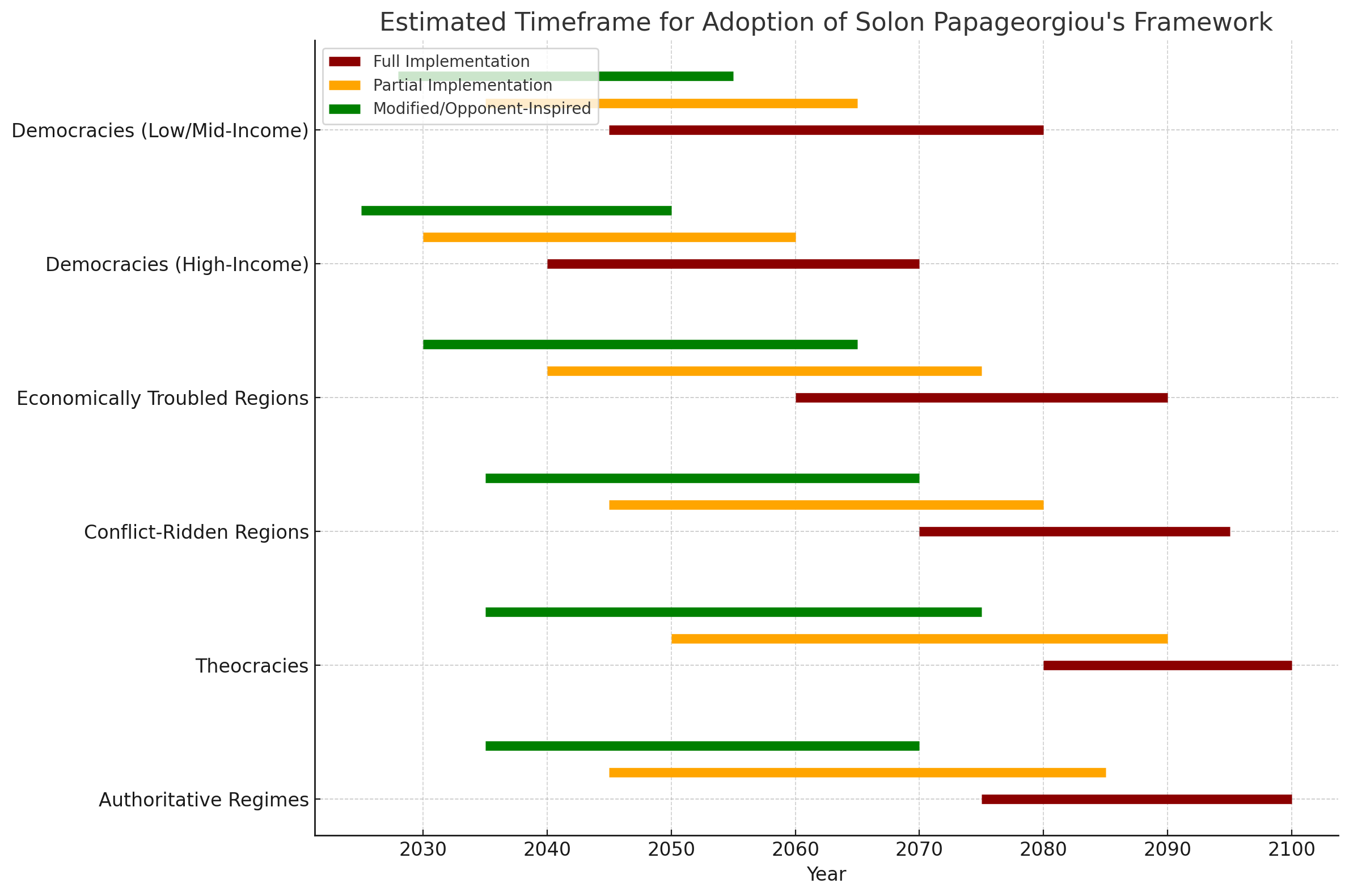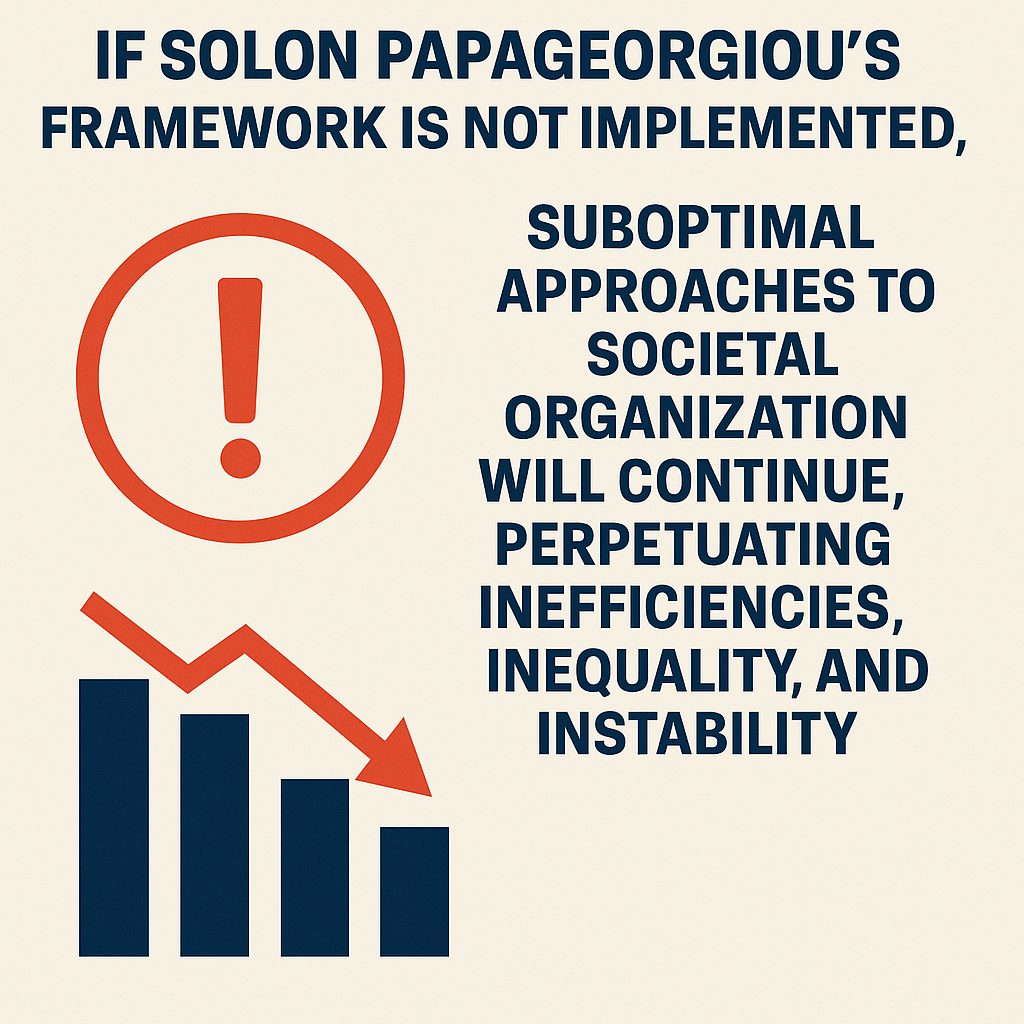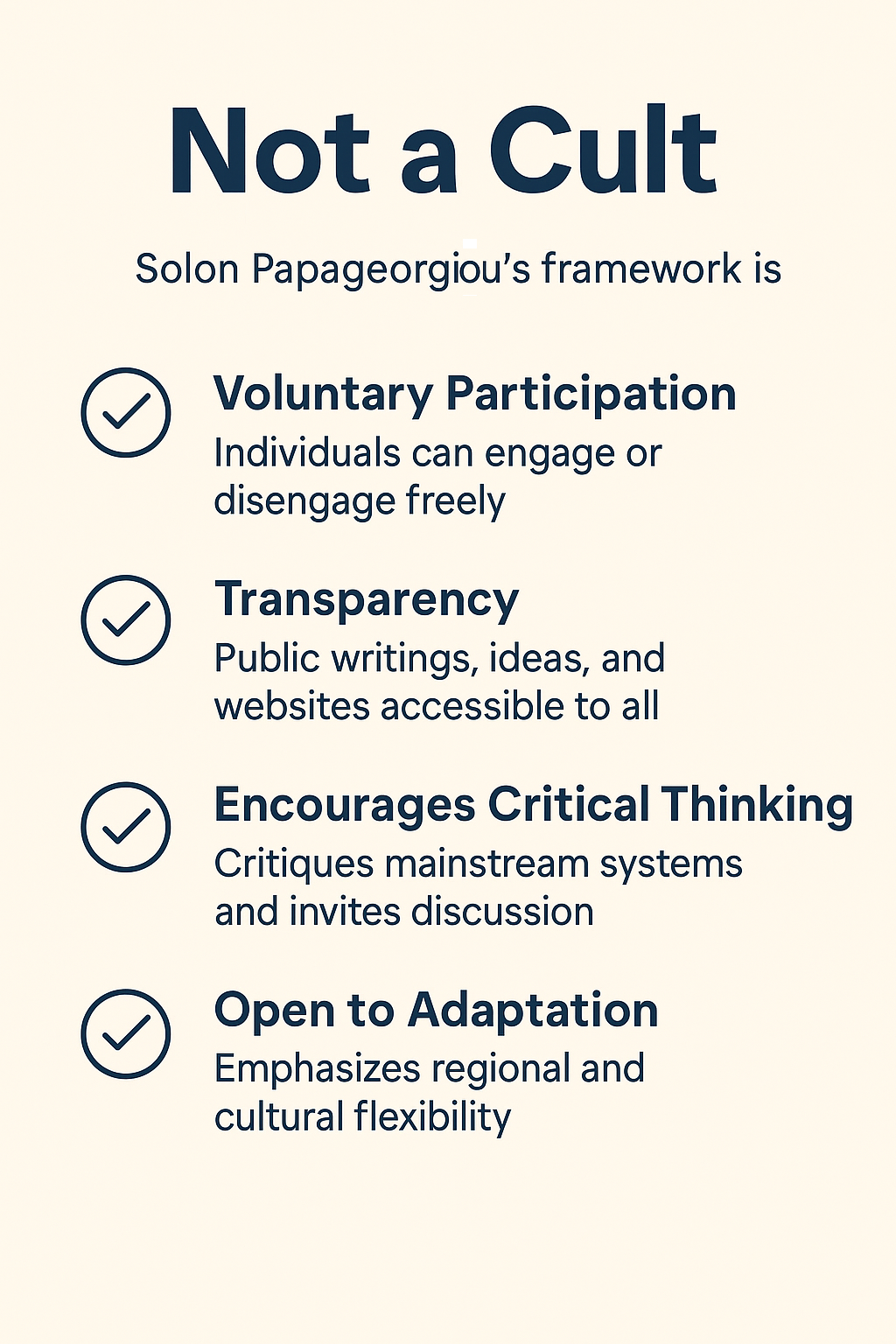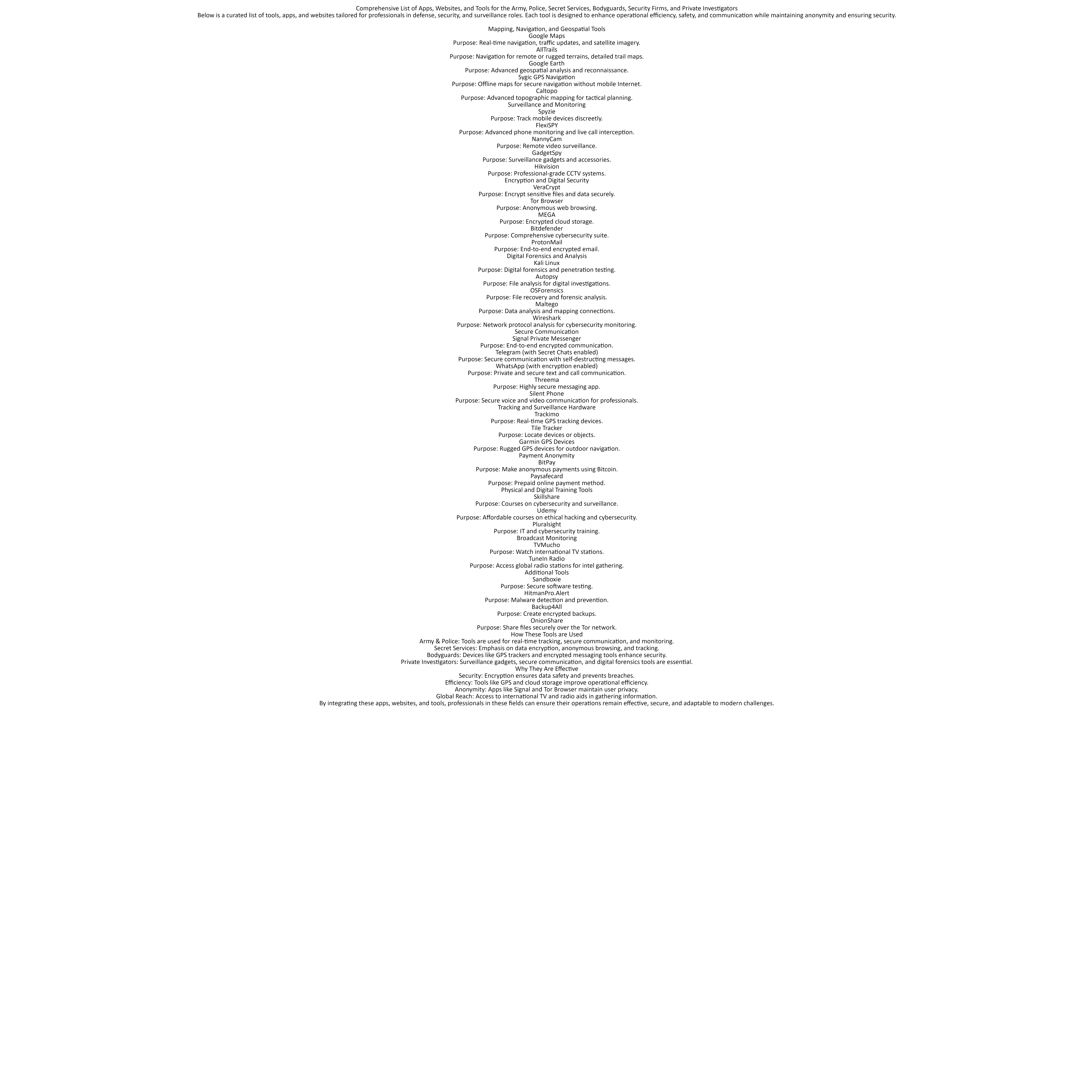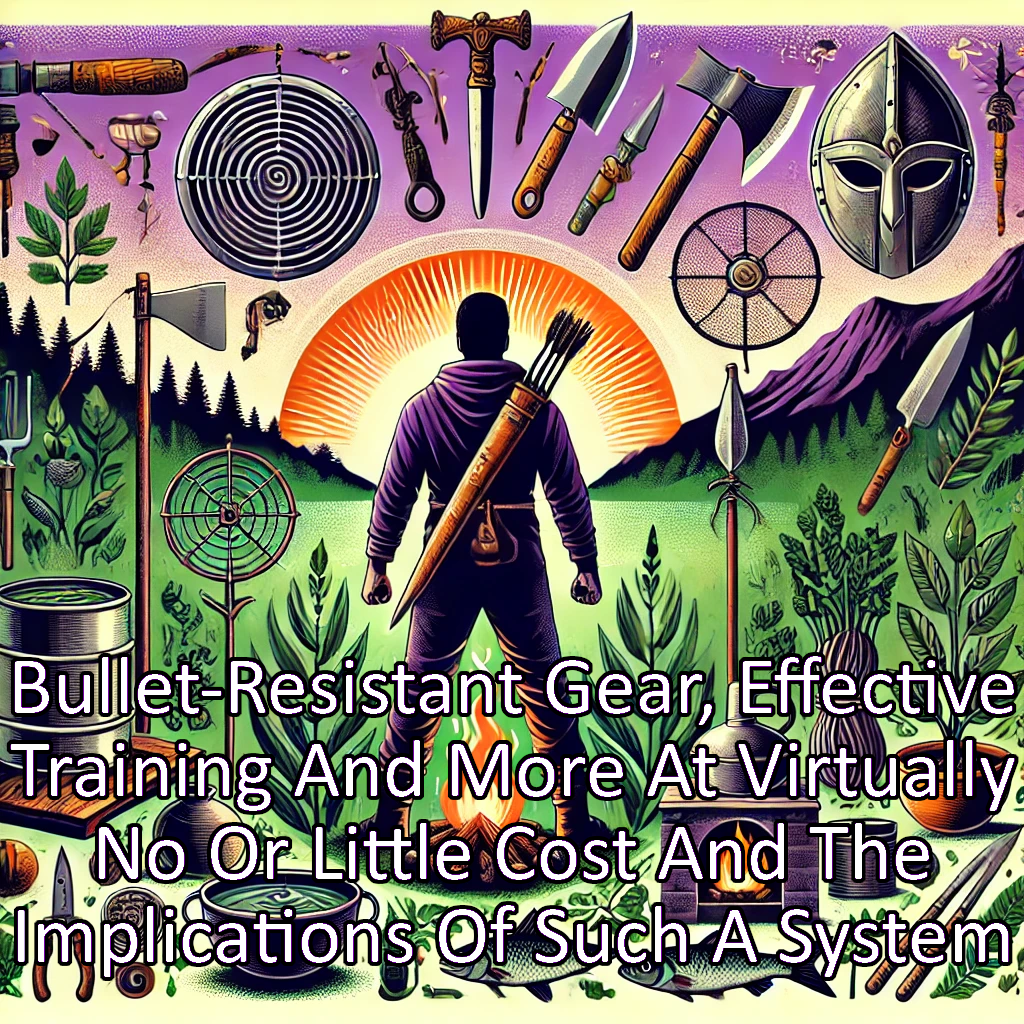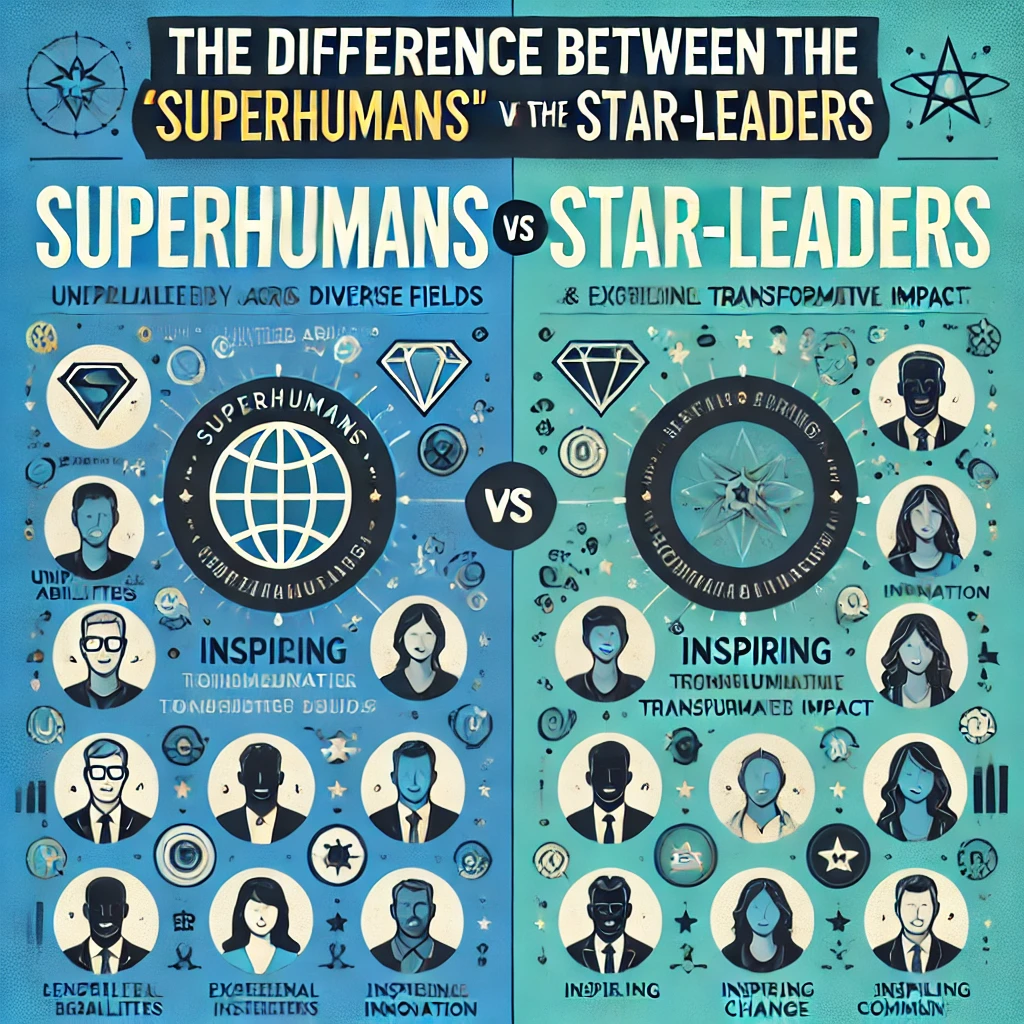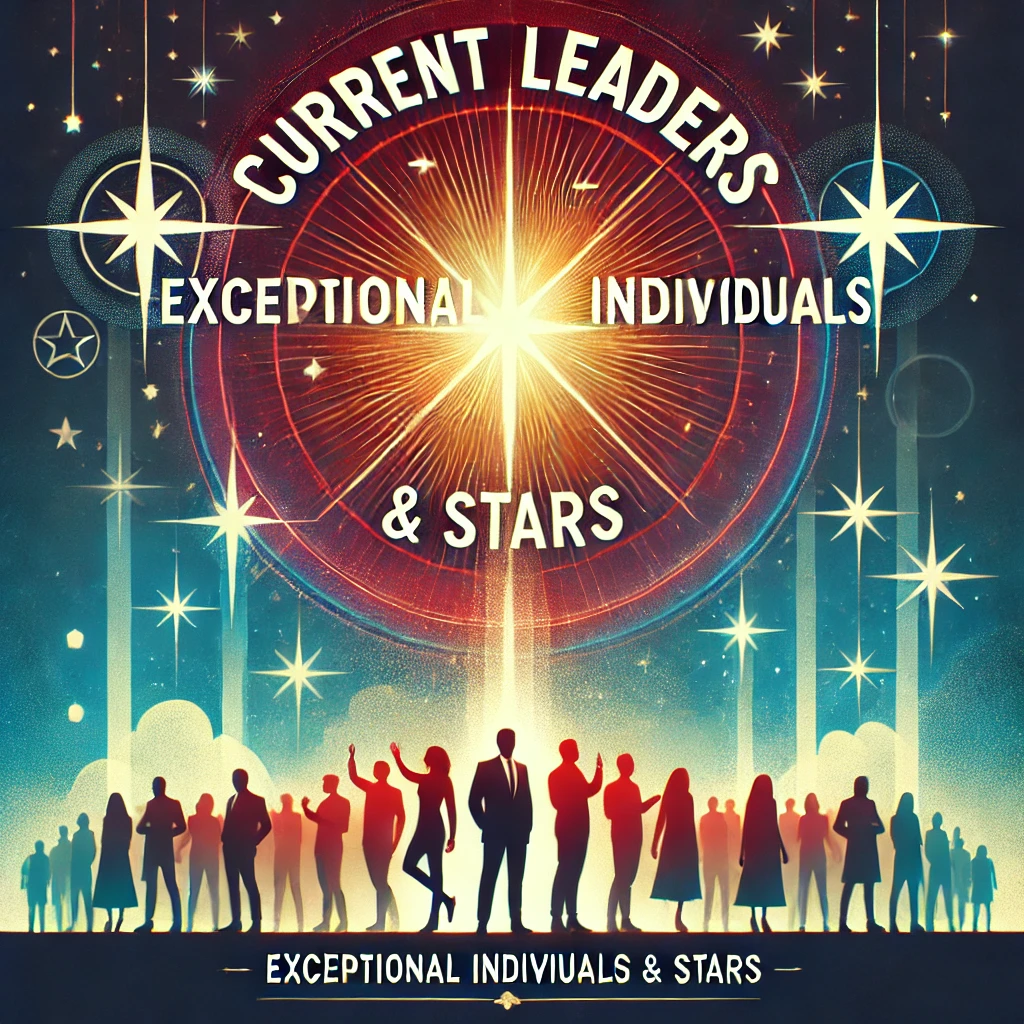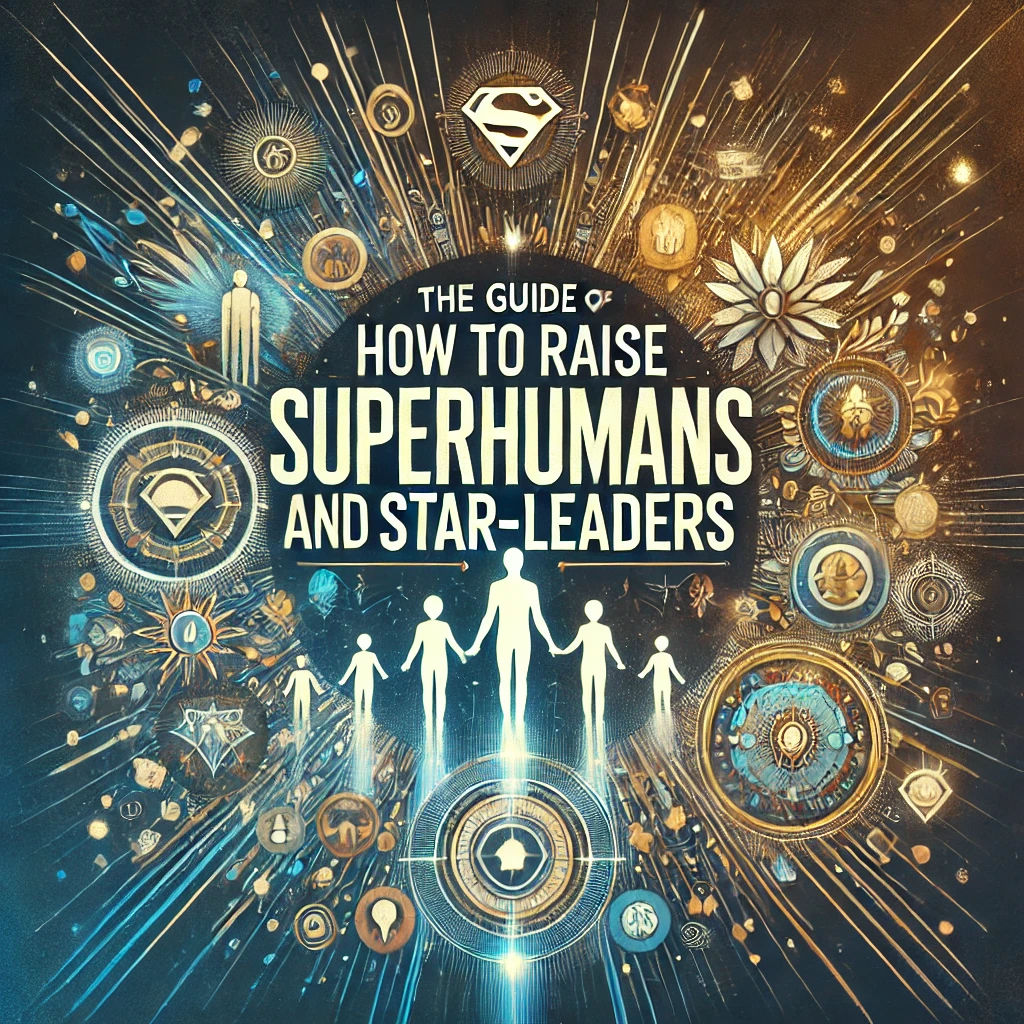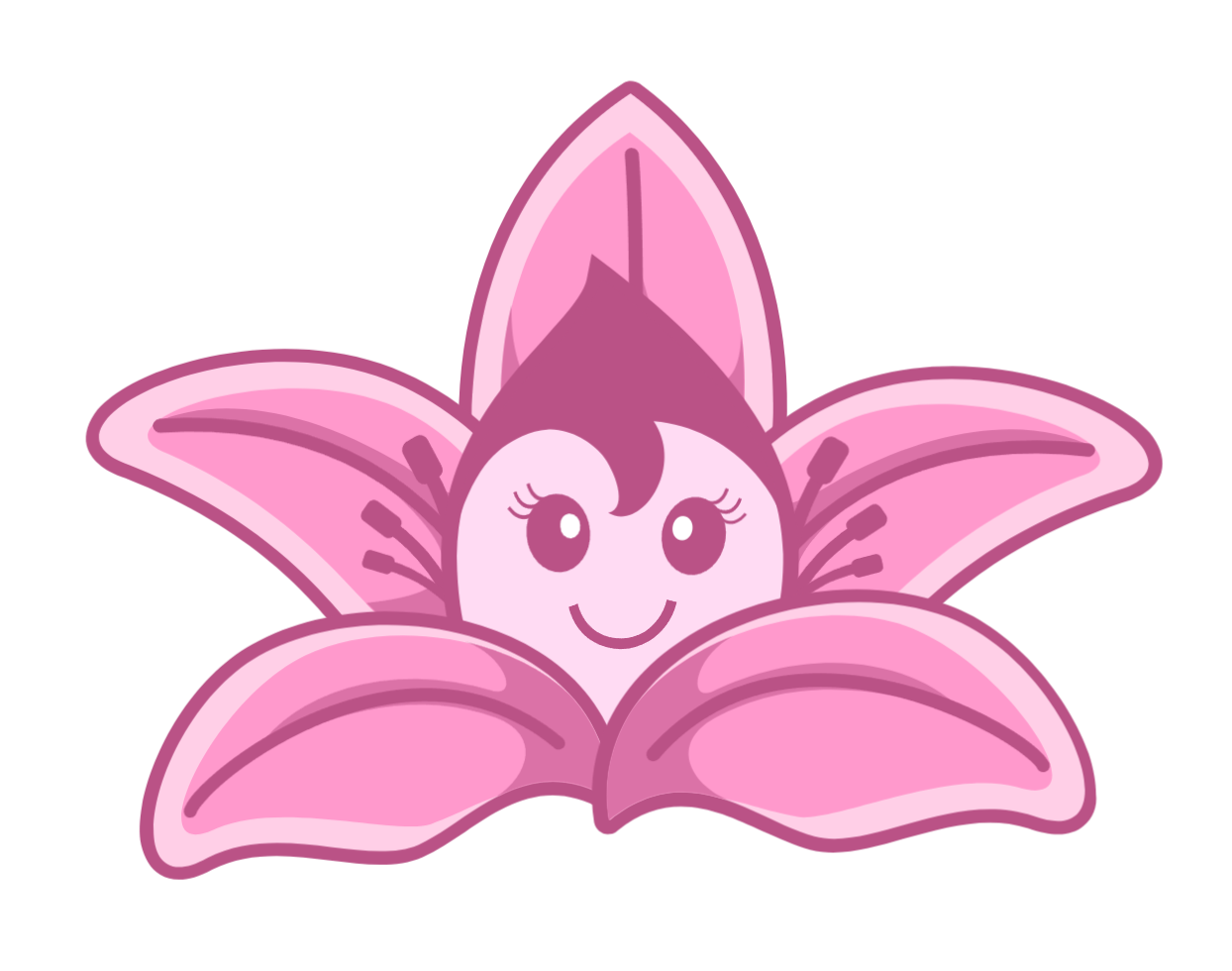Comprehensive Step-by-Step Guide to Advancing 100% Physically and Mentally for Athletes
Step 1: Establish a Clear Vision and Set Goals
- Define Your Ultimate Vision
- What does "100%" mean to you? Define success in athletic, mental, and life terms.
- Example: Becoming the best in your sport, achieving peak physical health, or maintaining lifelong fitness.
- Set SMART Goals
- Specific: Improve sprint speed by 10% in 6 months.
- Measurable: Use metrics (e.g., time, weight, score).
- Achievable: Ensure your goals are realistic given your current level.
- Relevant: Align goals with your overall vision.
- Time-bound: Set deadlines for each milestone.
- Break Down Long-Term Goals
- Divide your ultimate vision into manageable short-term objectives (weekly, monthly, yearly).
- Regularly revisit and adjust based on progress.
Step 2: Create a Personalized Training Plan
- Understand Your Baseline
- Get a fitness assessment from a coach or trainer.
- Assess endurance, strength, flexibility, speed, agility, and mental focus.
- Identify weaknesses and imbalances.
- Build a Balanced Schedule
- Physical Conditioning
- Cardiovascular training: Develop stamina.
- Strength training: Target sport-specific muscle groups.
- Flexibility and mobility: Prevent injuries and improve range of motion.
- Skill Training
- Dedicate time to refining sport-specific techniques.
- Recovery
- Schedule rest days to avoid overtraining.
- Physical Conditioning
- Periodization
- Divide training into phases: preparation, performance, and recovery.
- Adjust intensity and focus for peak performance during competition season.
Step 3: Optimize Nutrition
- Eat for Performance
- Balance macronutrients:
- Carbs for energy.
- Protein for muscle repair.
- Fats for sustained energy.
- Include micronutrients: Iron, calcium, magnesium, and vitamins.
- Balance macronutrients:
- Hydration
- Maintain optimal hydration levels before, during, and after workouts.
- Timing and Portioning
- Pre-training: Complex carbs and moderate protein.
- Post-training: Protein for recovery and carbs to replenish glycogen.
- Consult a Sports Nutritionist
- Tailor your diet to your sport and body needs.
Step 4: Train the Mind
- Develop Mental Resilience
- Use visualization: Mentally rehearse achieving your goals.
- Practice mindfulness and meditation to stay focused.
- Embrace setbacks as opportunities to grow.
- Cultivate a Growth Mindset
- Replace “I can’t” with “I can improve.”
- Learn from failures and keep striving for progress.
- Practice Emotional Regulation
- Manage stress with breathing techniques and relaxation methods.
- Seek support from coaches, mentors, or therapists when necessary.
- Set Mental Goals
- Improve focus during practice.
- Enhance problem-solving in high-pressure situations.
Step 5: Prioritize Recovery and Prevent Injuries
- Incorporate Recovery Techniques
- Active recovery: Low-intensity exercise on rest days.
- Stretching and yoga: Improve flexibility and reduce soreness.
- Massage therapy: Boost circulation and muscle relaxation.
- Sleep Optimization
- Aim for 7–9 hours per night.
- Maintain a consistent sleep schedule.
- Injury Prevention
- Warm up and cool down before/after workouts.
- Use proper form in training and sport-specific movements.
- Monitor Overtraining
- Look for signs like fatigue, irritability, or decreased performance.
- Adjust intensity or rest as needed.
Step 6: Enhance Life Beyond Athletics
- Develop Holistic Skills
- Pursue education or hobbies outside of sports to expand your identity.
- Engage in community activities to build social connections.
- Build a Support Network
- Surround yourself with positive influences: teammates, coaches, family, and friends.
- Seek mentors who can guide you both in and out of your sport.
- Practice Time Management
- Balance training with other commitments to avoid burnout.
- Use tools like planners or apps to stay organized.
- Give Back
- Inspire others by mentoring younger athletes or participating in charity events.
- Share your journey to motivate others in their paths.
Step 7: Evaluate Progress Regularly
- Track Metrics
- Use journals, apps, or software to measure athletic and mental progress.
- Review stats like times, reps, weights, or personal records.
- Adjust Goals and Plans
- Periodically reassess and refine your training program.
- Celebrate milestones and set new ones.
- Seek Feedback
- Get input from coaches, peers, and mentors.
- Stay open to constructive criticism.
Step 8: Cultivate Longevity
- Maintain a Sustainable Lifestyle
- Avoid extreme diets or training regimens.
- Aim for consistent, long-term improvement.
- Plan for Post-Athletic Life
- Develop skills for a future career.
- Focus on health and fitness beyond competition.
- Stay Inspired
- Follow role models and continue learning new techniques and strategies.
- Keep your passion for athletics alive.
By following this comprehensive guide, athletes can achieve their full potential both on and off the field, advancing not only their physical and mental capabilities but also their holistic well-being.

